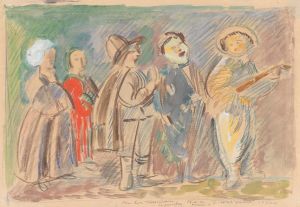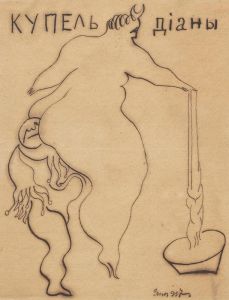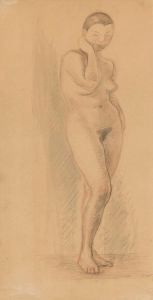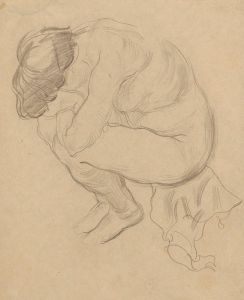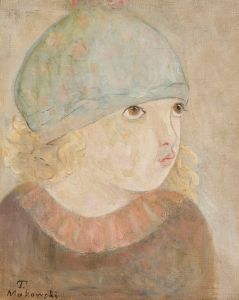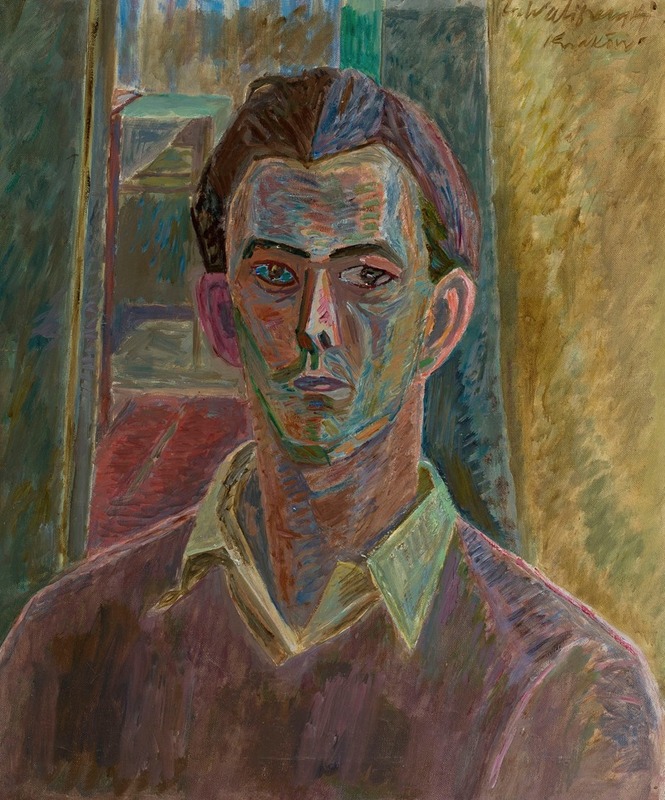
Self-portrait
A hand-painted replica of Zygmunt Waliszewski’s masterpiece Self-portrait, meticulously crafted by professional artists to capture the true essence of the original. Each piece is created with museum-quality canvas and rare mineral pigments, carefully painted by experienced artists with delicate brushstrokes and rich, layered colors to perfectly recreate the texture of the original artwork. Unlike machine-printed reproductions, this hand-painted version brings the painting to life, infused with the artist’s emotions and skill in every stroke. Whether for personal collection or home decoration, it instantly elevates the artistic atmosphere of any space.
Zygmunt Waliszewski was a Polish painter known for his contributions to the modern art movement in Poland during the early 20th century. His work is characterized by a vibrant use of color and a unique blend of various artistic styles, including Post-Impressionism and Expressionism. One of his notable works is his self-portrait, which offers insight into his artistic style and personal expression.
Waliszewski was born on October 1, 1897, in Saint Petersburg, Russia, to a family of Polish descent. He later moved to Poland, where he became an influential figure in the Polish art scene. He studied at the Academy of Fine Arts in Kraków, where he was exposed to various modernist trends that were sweeping through Europe at the time. His education and exposure to different art movements significantly influenced his style, which often incorporated elements of Fauvism and Cubism.
The self-portrait by Zygmunt Waliszewski is an exemplary piece that showcases his distinctive approach to painting. In this work, Waliszewski employs bold colors and dynamic brushstrokes, which are characteristic of his style. The use of vivid colors not only captures the viewer's attention but also conveys a sense of the artist's personality and emotional state. The composition of the self-portrait is carefully constructed, with attention to detail that highlights Waliszewski's skill in rendering the human form.
Waliszewski's self-portrait is more than just a depiction of his physical appearance; it is a reflection of his inner world and artistic philosophy. The expression on his face, the choice of colors, and the overall composition suggest a deep introspection and a desire to communicate his individuality through art. This self-portrait, like many of his works, is imbued with a sense of vitality and movement, which is achieved through his dynamic use of line and color.
Throughout his career, Waliszewski was part of several important art groups and exhibitions that helped shape the modern art movement in Poland. He was associated with the "Formists," a group of avant-garde artists who sought to break away from traditional artistic conventions and explore new forms of expression. His involvement with this group further influenced his style, encouraging him to experiment with form and color in innovative ways.
Despite his relatively short life—he died in 1936 at the age of 38—Waliszewski left a lasting impact on the Polish art scene. His self-portrait remains a significant work that continues to be studied and appreciated for its artistic merit and its insight into the mind of a pioneering modern artist. The painting is housed in the National Museum in Warsaw, where it is part of a larger collection of Waliszewski's works, allowing viewers to appreciate the breadth and depth of his artistic contributions.
In summary, Zygmunt Waliszewski's self-portrait is a testament to his skill as a painter and his role in the development of modern art in Poland. Through his innovative use of color and form, Waliszewski was able to convey a powerful sense of self and emotion, making his self-portrait a valuable piece of art history.







![At Figaro’s [at a hairdresser’s]](/imgs/234685/s/zygmunt-waliszewski-at-figaros-at-a-hairdressers-f5e795de.jpg)

